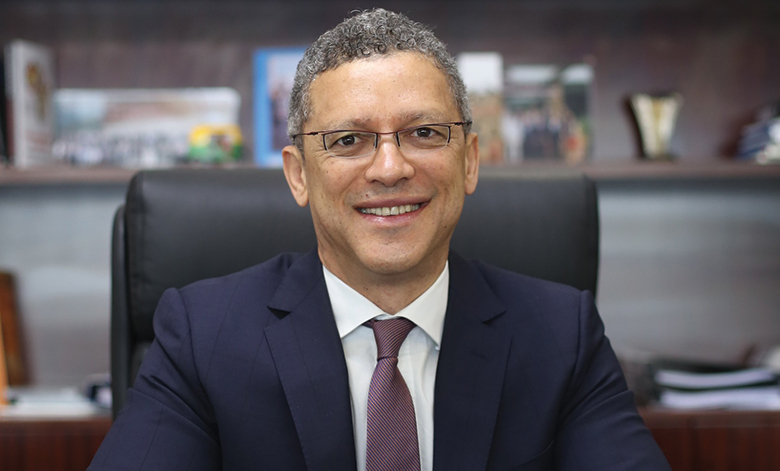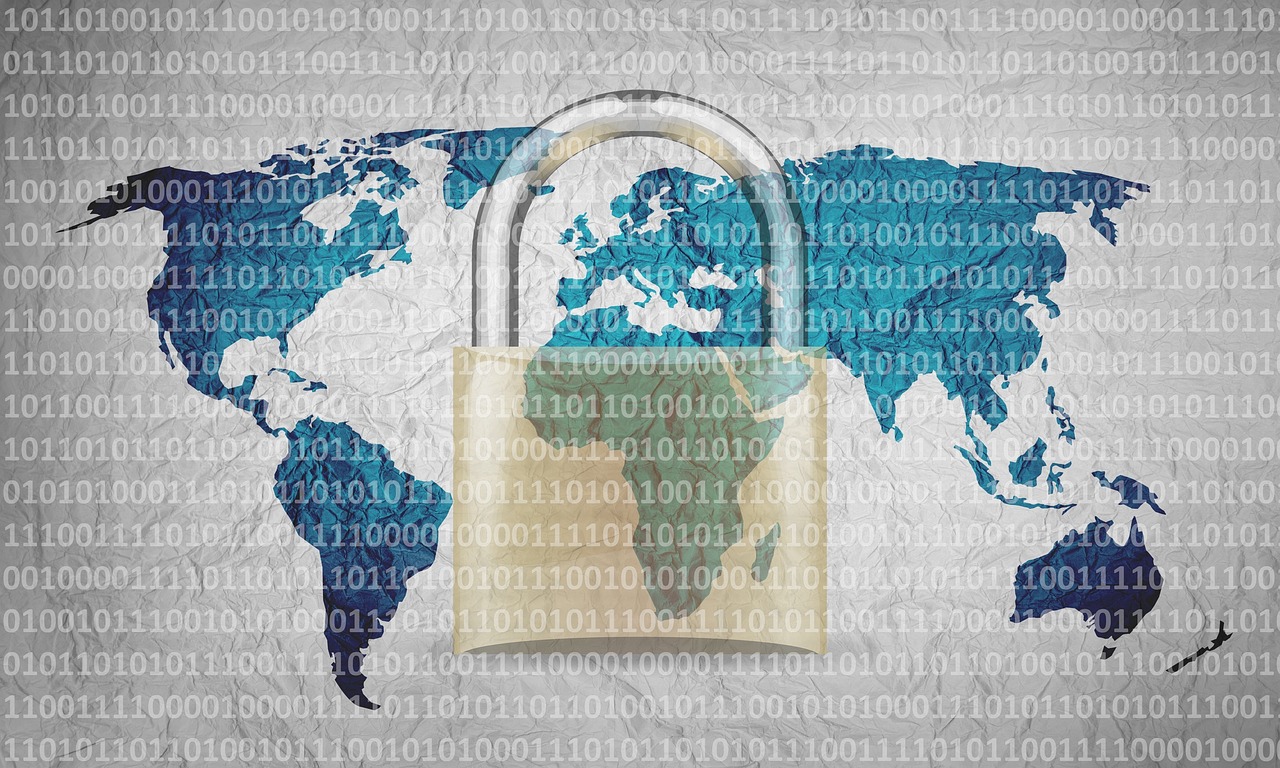 |
It has been a manic few months for the New Development Bank.
Between May 11 and June 20, the Shanghai-based multilateral disbursed two loans, each worth $1 billion, to help India and South Africa battle the pandemic, and launched its inaugural US dollar bond, a three-year print that raised $1.5 billion in the international capital markets.
|
|
|
Marcos Troyjo’s NDB presidency begins |
In between, its board found time to meet – virtually, of course, over Zoom – to appoint a new president. On July 7, the quietly spoken KV Kamath, who ran India’s ICICI Bank before being tapped to head the new multilateral in 2015, will be replaced by Marcos Troyjo, a former deputy economy minister of Brazil.
The backdrop to these events is of course coronavirus.
Scroll back to the start of the year. In that pre-Covid world, the NDB is a five-year-old international financial institution, originally called the ‘Brics Development Bank’ after the five countries that founded it – Brazil, Russia, India, China and South Africa. Easily overlooked and often forgotten, it’s an international financial institution with an almost total lack of brand identity.
By contrast, its peers, from the IMF and World Bank down to regional players like the Asian Development Bank, have a defined geographic focus and name recognition. Even the Asian Infrastructure Investment Bank, which is about as old as the NDB, is a known quantity, with its Chinese roots and international shareholders.
But in a way, Covid has been helpful to the NDB. If it is possible to have a ‘good’ pandemic, it must surely be on the shortlist of global institutions to emerge from the bruising first half of the year with its reputation enhanced.
The pandemic, notes the NDB’s chief financial officer Leslie Maasdorp, has “changed the operating environment of the bank in fundamental ways”.
When rumours of a deadly new strain of coronavirus emerged in China in January, the bank was quick to click into gear. By the time the Lunar New Year rolled around in late January, most of the bank’s staff in its four physical locations – Johannesburg and Shanghai, plus the Brazilian cities of São Paulo and Brasilia – was already working from home.
Emergency assistance
In February, its board met to discuss the need to channel emergency funding to China. It formed an Emergency Assistance Programme (EAP), which soon grew in size to $10 billion.
On March 19, the NDB disbursed an Rmb7 billion ($990 million) loan to Beijing under the EAP, to fund new healthcare facilities in Hubei, Guangdong and Henan, three provinces hit hardest by the pandemic.
Two weeks later, it sold an Rmb5 billion Covid-response bond into China’s Interbank Bond Market.
The NDB then turned its attention to the other countries that still own 100% of its issued equity.
Curiously, the way the pandemic unfolded gave it time to plan ahead.
Over the next six months, less of our focus will be on public health, and far more on stimulating infrastructure and economic growth, and on strengthening social safety nets for vulnerable groups in society – Leslie Maasdorp, NDB
India was the second country to secure emergency funding under the EAP in May, followed by South Africa in June, as the virus spread east and south.
Brazil, still struggling to contain the virus, is the last to secure financial help. Maasdorp told Euromoney on June 29 the bank was finalising a $1 billion loan to the Latin American country, matching its commitment to India and South Africa.
But already it is looking beyond the primary effects of Covid, to the need to support member countries as they battle with the secondary fallout: flat-lining trade and shrinking economies.
“Over the next six months, less of our focus will be on public health, and far more on stimulating infrastructure and economic growth, and on strengthening social safety nets for vulnerable groups in society,” adds Maasdorp.
This requires it to do two things simultaneously. First, the NDB has to print more debt to generate the additional capital it needs to lend on to member countries. This, it is already doing – witness its maiden US dollar bond, issued in June 2020 following a virtual roadshow, with the bank’s treasury team engaging with European and Asian sovereign wealth funds and central banks via Zoom and Webex.
Preparations
The bank has plenty of capital to draw on, both real and theoretical. In January 2019, it registered an Rmb10 billion bond programme, 80% of which has already been drawn upon.
Speaking in late June, the bank’s chief financial officer said the remaining Rmb2 billion would be issued “in a matter of weeks”.

The NDB’s chief financial officer Leslie Maasdorp
It has also registered, but not yet activated, a R10 billion ($580 million) programme in South Africa, and a R100 billion ($1.42 billion) programme in Russia.
In December 2019, it registered a $50 billion euro medium-term note (MTN) programme, which it will tap to fund sustainable infrastructure projects in multiple currencies, including dollars, euros and Indian rupees.
The bank is also preparing a new Rmb20 billion bond programme in China, to replace its current package.
It will need to activate and draw on some of these programmes, and sooner rather than later.
The bank has not been shy in funding projects it deems valuable to its member countries. As of June 19, the bank had approved 55 projects, worth a total of $18.3 billion.
India and China together make up just shy of 60% of the book, which is dominated by loans to the energy and transport sectors. Around two-thirds are denominated in dollars, with 23% priced in Chinese renminbi.
Maasdorp said the multilateral is “on track to approve $10 billion in project loans in 2020”.
Funding format
The second big shift to take place this year is the identity of the loan recipient.
Between the launch of the NDB and the end of 2019, about 80% of the NDB’s loan book was sovereign-backed, with the funding channelled direct to infrastructure projects including ports, power stations, railways and airports.
For now, Covid has radically changed the way the bank lends. The $1 billion in emergency funding for India will be handed straight to the ministry of finance in a single lump sum.
The same is true in Brazil, where the ministry of citizenship will oversee its $1 billion loan. That raises the amount the bank has disbursed from February’s $10 billion EAP programme, to $4 billion and counting.
The bank says the EAP is merely an “additional format of financing” to be used first to support creaking healthcare systems, and later, to shore up tanking economies.
Maasdorp insists that “for the medium to longer term, the core mandate of the bank remains to fund sustainable infrastructure in our member countries”.
Our focus in the 2020s will be to develop into a more global development bank with an emerging-market focus. We will take in countries from both the developed and emerging world – Leslie Maasdorp
While it is impossible to predict how long Covid’s economic after-effects will last, and therefore unwise to assume that the EAP programme is capped at $10 billion, this is the right note to strike.
From the outset, the NDB’s primary objective was to finance sustainable projects that improve the infrastructure of member states. With the notable exception of China, the Brics countries, with their crumbling roads and cramped airports, suffer from infrastructure deficits that might charitably be described as ‘yawning’.
With that in mind, and given its growing capital needs, it would be good be able to call on the help of few new deep-pocketed investors.
At present, notes Maasdorp, the bank is a “borrower’s club with a subscribed capital base of $50 billion”.
Each of the five sovereign owner-shareholders pledged in 2015 to stump up $2 billion in paid-in capital, with the final instalments to be handed to the NDB in January 2022.
The remaining $40 billion is recognised as callable capital.
Pre-Covid plans
“All development banks have both borrowing and non-borrowing members,” Maasdorp adds. “We don’t have any non-borrowing members yet. We originally envisaged the first new member countries to join in 2020, but due to Covid, it is more likely to happen in 2021. Our focus in the 2020s will be to develop into a more global development bank with an emerging-market focus.
“We will take in countries from both the developed and emerging world,” he adds. “Adding countries from the developed world will help to preserve our AA+ credit rating, and potentially improve our overall credit quality.”
|
|
|
KV Kamath, the NDB’s outgoing president |
The board of governors approved the expansion plan in July 2019. If all goes to plan, by the end of the decade, 55% of the bank’s issued equity will be owned equally by the five original member states. The remaining shares will be divided between developing nations, who will own no more than 25% of the total, and a mix of developed countries and non-borrowing members.
“That leaves emerging markets controlling 80% of the equity of the bank,” adds Maasdorp.
By any measure, the NDB has come a long way since its early days when, Maasdorp says, it was “little more than a startup, with temporary offices in Shanghai and no technology or systems. Now, all our IT systems are cloud-based, an investment that allowed us to function optimally from remote locations during Covid.”
Looking to the future, the bank covets a triple-A rating from Fitch and Standard & Poor’s. It wants to lend far less in dollars and much more in local currencies, with the aim of pricing at least 40% of its loan book in the five currencies of its founder-members: roubles, rand, real, rupee and renminbi.
And while it wants to continue to complement existing multilateral development banks, it has far greater ambitions.
“In the longer-term,” notes Maasdorp, “we want to become the world’s emerging-market development bank”.







